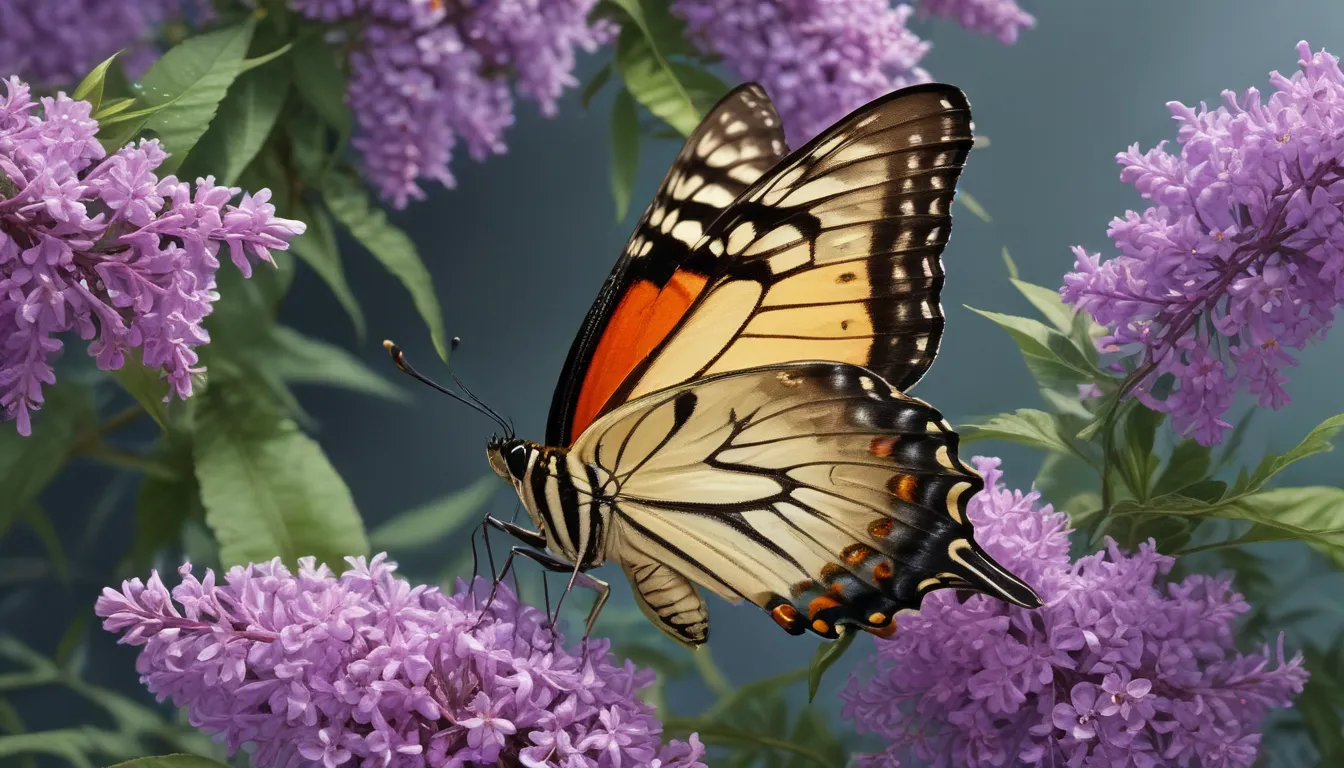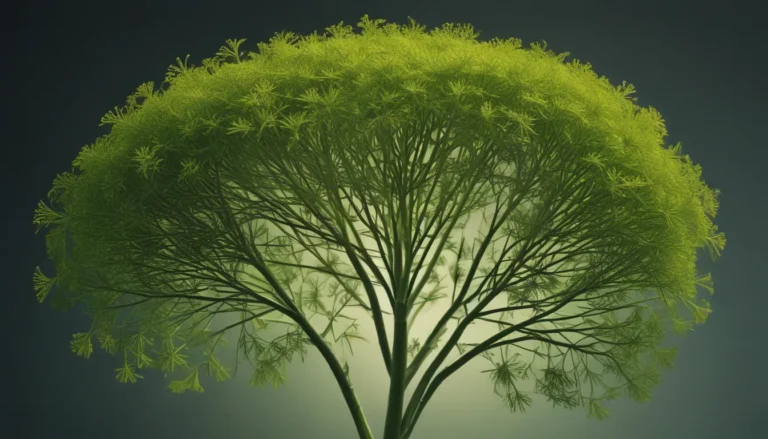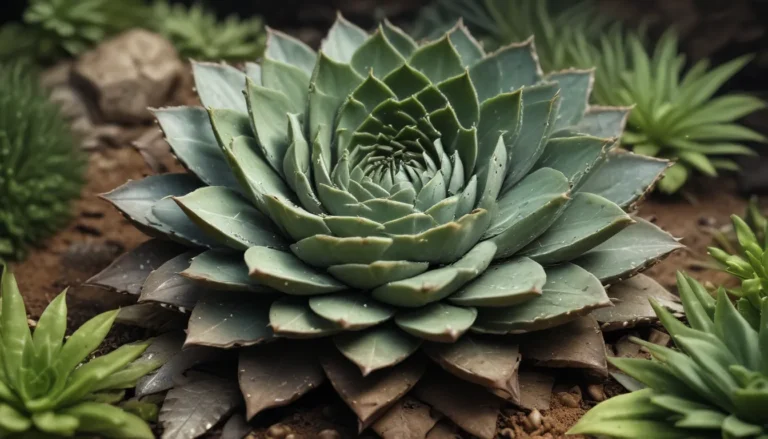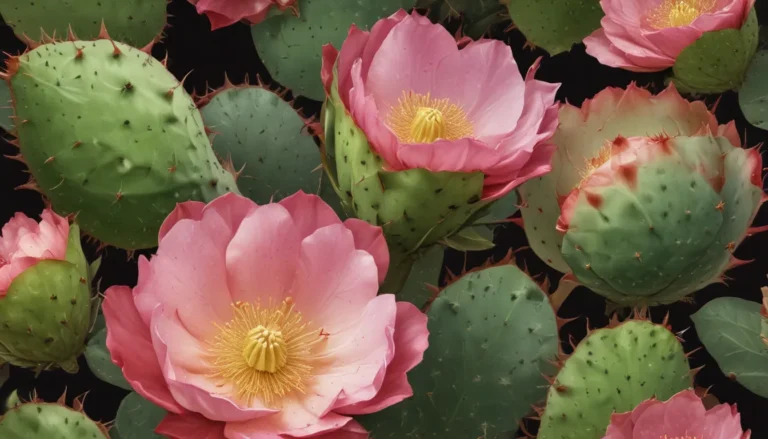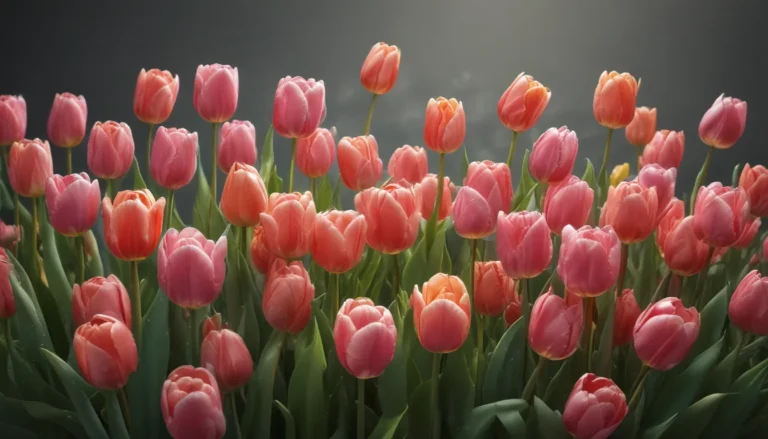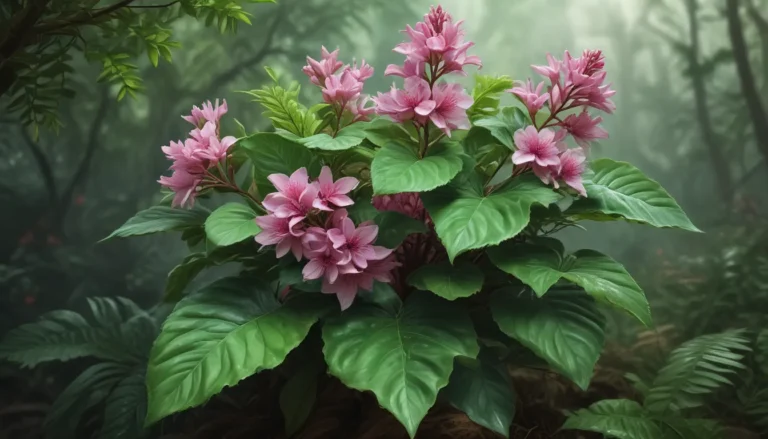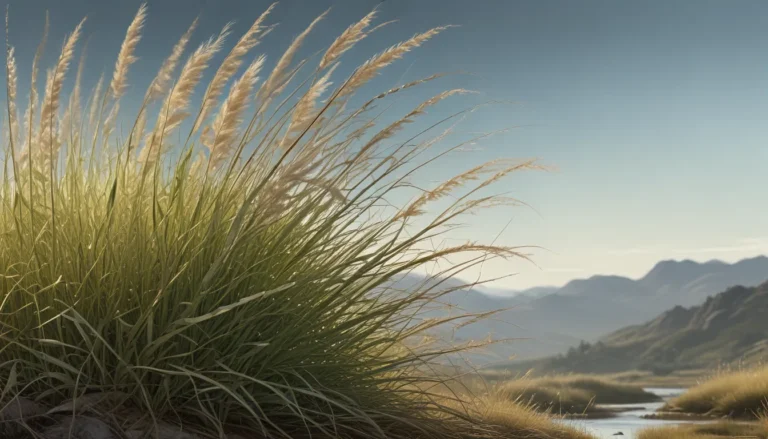The pictures we use in our articles might not show exactly what the words say. We choose these pictures to make you interested in reading more. The pictures work together with the words but don’t take their place. The words still tell you the important facts.
If you're an avid gardener or simply appreciate the wonders of nature, the butterfly bush, scientifically known as Buddleja Davidii, might just be the perfect addition to your outdoor space. This vibrant and fast-growing shrub, native to China, not only adds a pop of color to your garden but also attracts butterflies and other pollinators with its colorful flowers and sweet fragrance. Let's explore 10 intriguing facts about the butterfly bush that will enhance your appreciation for these enchanting plants.
The Enchanting Butterfly Bush: A Closer Look
The Butterfly Bush, also known as Buddleja Davidii, is a stunning flowering shrub that belongs to the Scrophulariaceae family. Its vibrant and fragrant flowers make it a favorite among gardeners and butterfly enthusiasts worldwide. Native to China, where it was first discovered and cultivated, this beautiful plant has since made its way to various parts of the globe, including Europe, North America, and Australia.
The Butterfly Magnet: Attracting Butterflies and Beyond
What sets the Butterfly Bush apart is its remarkable ability to attract butterflies. The nectar-rich flowers serve as a valuable food source for these winged wonders, making it a popular choice for butterfly gardens. Not only butterflies but also bees and hummingbirds are drawn to the vibrant colors and enticing fragrance of the Butterfly Bush, making it a buzzing hotspot of pollinator activity in your garden.
A Rainbow of Colors: The Diversity of Butterfly Bushes
One of the most striking features of the Butterfly Bush is its diverse range of colors. From shades of purple and pink to white and blue, these colorful blooms add a visual feast to any garden or landscape. Whether you prefer a monochromatic display or a rainbow of hues, there's a Butterfly Bush variety to suit your aesthetic preferences.
Rapid Growth and Summer Blooms: The Butterfly Bush in Action
Known for its rapid growth rate, the Butterfly Bush can reach heights of up to 10 feet within a few years. This makes it an excellent choice for creating privacy screens or adding vertical interest to your garden. Additionally, this summer bloomer produces an abundance of flowers from early summer until the first frost, ensuring a continuous burst of color and fragrance in your outdoor space.
Sweet Fragrance and Pollinator Paradise: The Allure of Butterfly Bush
The delightful fragrance of the Butterfly Bush's flowers is often likened to sweet honey, further enhancing its appeal. This enticing scent not only captivates human senses but also acts as a magnet for a variety of pollinators, making it a valuable addition to any pollinator-friendly garden.
Low Maintenance, High Impact: Growing and Caring for Butterfly Bush
One of the reasons why the Butterfly Bush is a popular choice among gardeners is its ease of care. Thriving in full sun and well-drained soil, this resilient plant requires regular watering, especially during hot and dry periods. If it starts to outgrow its space, the Butterfly Bush can be pruned to control its size and promote bushier growth.
Resilient and Reliable: The Hardy Nature of Butterfly Bush
The Butterfly Bush is a hardy plant that can withstand a wide range of climate conditions. Generally resistant to pests and diseases, it proves to be a durable and reliable addition to any garden. Its adaptability and resilience make it a go-to choice for both beginner and seasoned gardeners alike.
From Garden Beauty to Traditional Medicine: The Medicinal Properties of Butterfly Bush
In traditional Chinese medicine, certain parts of the Butterfly Bush are esteemed for their medicinal properties. Believed to have anti-inflammatory and antioxidant effects, this plant may offer benefits for various health conditions, showcasing its dual role in beauty and wellness.
Adored by All: The Beloved Butterfly Bush
The beauty, fragrance, and ability to attract butterflies and other pollinators make the Butterfly Bush a beloved plant among gardeners and nature enthusiasts. Adding a touch of elegance and life to any outdoor space, this enchanting shrub continues to captivate us with its charm and allure.
Conclusion: Embrace the Magic of Butterfly Bush
Whether you're looking to enhance your garden's visual appeal, attract pollinators, or simply enjoy the beauty of nature, the Butterfly Bush offers a wealth of benefits. With its myriad of colors, easy care instructions, and pollinator-friendly features, there's something for everyone to appreciate in this captivating plant. Explore the world of butterfly bushes and discover the magic they can bring to your outdoor sanctuary.
Frequently Asked Questions
- How tall does a butterfly bush grow?
-
The height of a butterfly bush can vary, typically ranging from 4 to 10 feet, depending on the specific variety and growing conditions.
-
When should I prune my butterfly bush?
-
It is recommended to prune your butterfly bush in late winter or early spring before new growth begins to promote healthy growth and maintain the desired shape of the plant.
-
How often should I water my butterfly bush?
-
Butterfly bushes prefer well-drained soil and should be watered deeply when the top inch of soil is dry. During hot summer months, they may require more frequent watering.
-
Can I grow a butterfly bush in a container?
-
Yes, butterfly bushes can be grown in containers as long as the container provides enough space for the root system and good drainage to prevent waterlogging.
-
Are butterfly bushes invasive?
-
Some varieties of butterfly bushes can be invasive in certain areas, so it's advisable to check with local gardening authorities to ensure compliance with regulations.
-
How do I attract butterflies to my butterfly bush?
-
Planting butterfly-friendly flowers, providing a water source, avoiding pesticides, and ensuring a sunny location with wind protection can help attract butterflies to your garden.
-
Can I propagate butterfly bushes from cuttings?
-
Yes, butterfly bushes can be propagated from softwood cuttings in early summer. Take 4 to 6-inch cuttings from new growth and root them in well-draining soil or a rooting medium.
-
How long do the blooms last on a butterfly bush?
-
The blooms of a butterfly bush typically last for several weeks, from mid-summer to early fall. Deadheading spent flowers can help prolong the blooming period.
-
Do butterfly bushes attract any other pollinators?
-
Butterfly bushes are known to attract bees and hummingbirds, in addition to butterflies, due to their vibrant blooms and sweet fragrance.
-
Can butterfly bushes tolerate cold temperatures?
- Most varieties of butterfly bushes are hardy and can withstand cold temperatures. In areas with harsh winters, additional protection such as mulching may be beneficial.
Join Us in the World of Butterfly Bushes!
We invite you to explore the enchanting world of butterfly bushes and witness the beauty they bring to your garden. With their vibrant colors, sweet fragrance, and pollinator-attracting powers, these captivating plants are sure to delight nature lovers and gardening enthusiasts alike. Embrace the magic of the butterfly bush and let it transform your outdoor space into a haven of joy and tranquility. Happy gardening!
